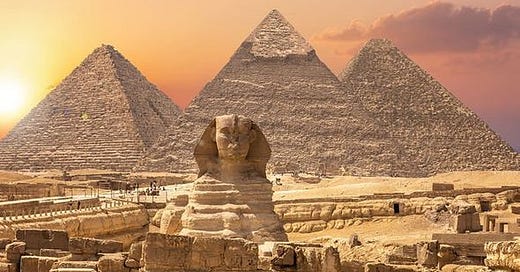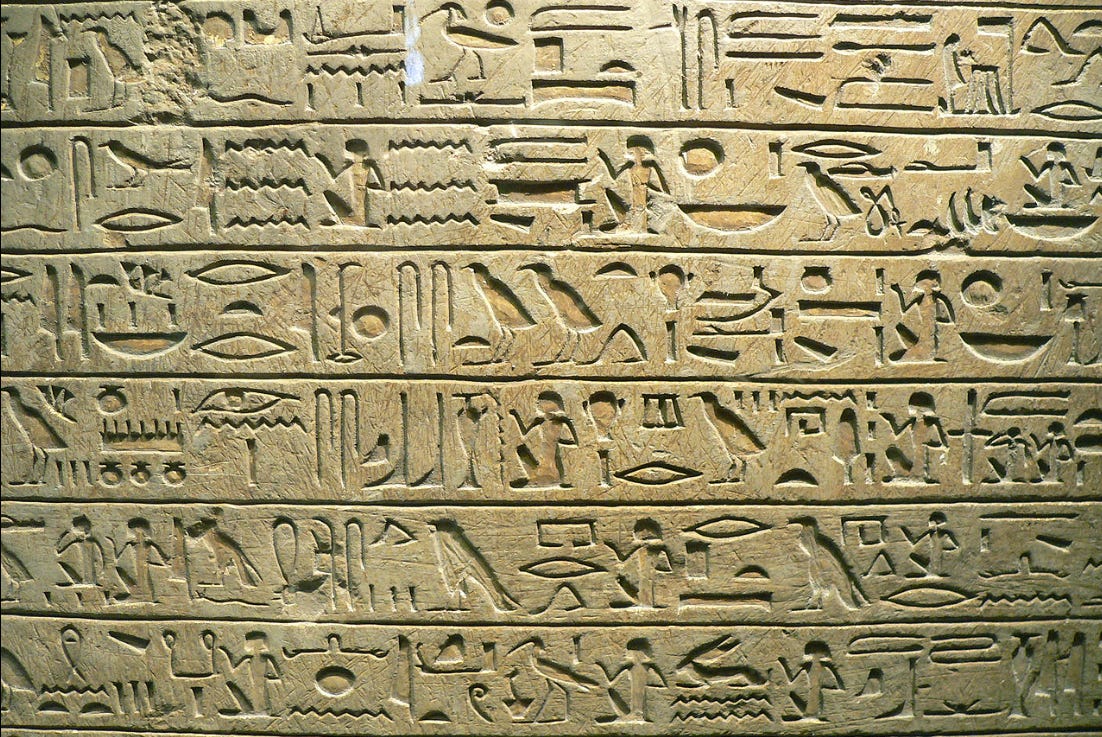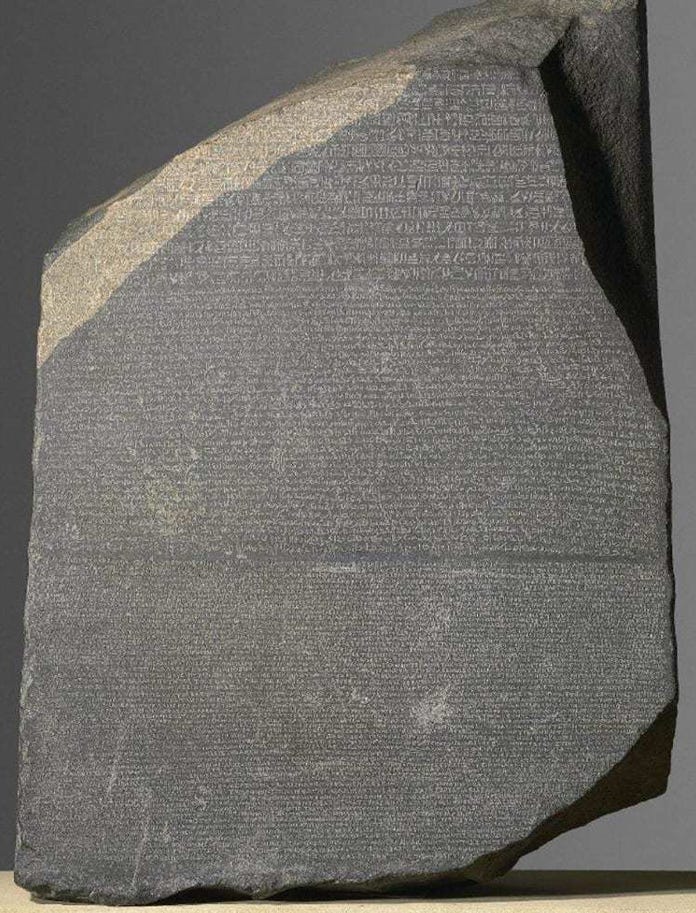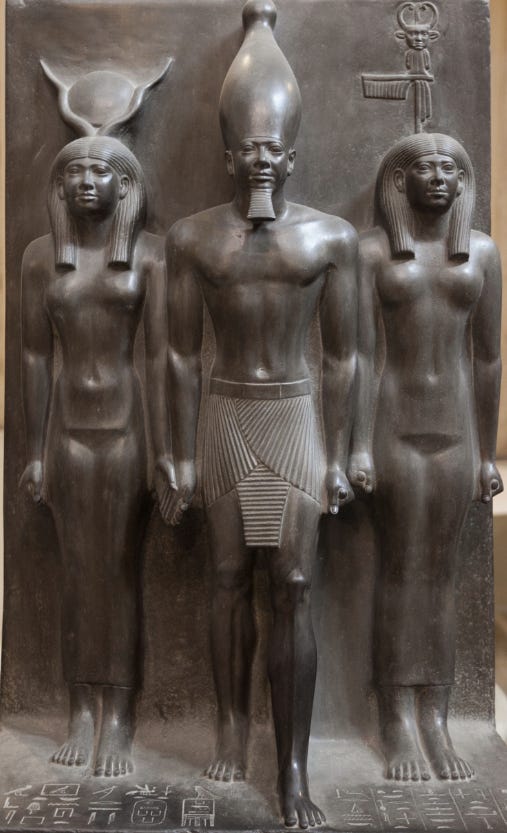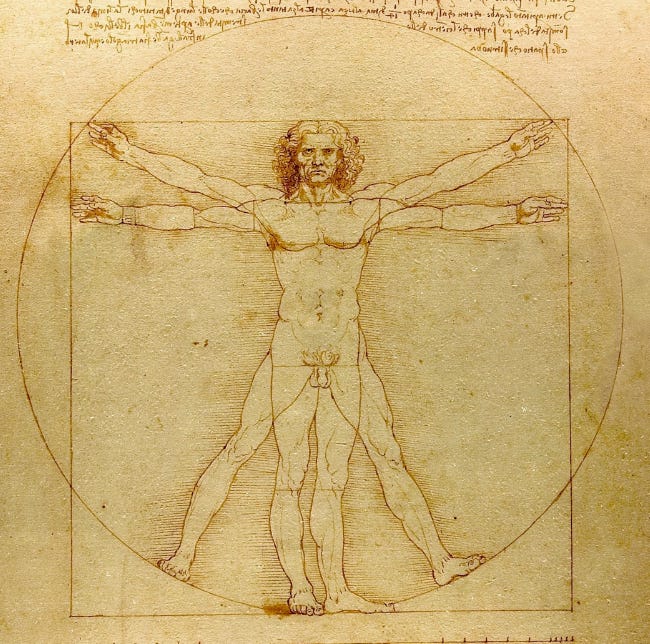I am writing a new series of articles about Ancient Empires in the Bronze Age, which lasted from about 3500 BCE to 1000 BCE. The Bronze Age was a time period in history when people used bronze as the primary metal for weapons, armor, and tools. Bronze is a combination of copper, tin, and other materials. It is produced by mining copper and tin, melting them with high heat, then hammering the metal compound into shape or pouring the liquid metal into a mold.
Empires in the Bronze Age include Ancient Egypt, Mesopotamia, Babylon, the Hittites, and more. These empires are interesting because of their large size and their big accomplishments. They established a government state with laws, administrative departments, tax accounting, large militaries, judicial systems, international relations, and economies with different sectors. Many of these empires also supported large cities and multi-ethnic communities.
These empires also competed with each other, and they grew stronger through economic competition and large wars. We all probably know the names of some of these empires, but we probably don’t know the specific details of when they were first founded, who were some of their great leaders, what were their unique culture and accomplishments, and why they fell apart. In the next several weeks, I will be learning about these empires, and I invite you to follow this newsletter for information about each empire.
We’ll start with three articles about Ancient Egypt. Egypt probably had the longest lasting ancient civilization. The “early” or “pre-dynastic” period started in 5500 BCE, and the “late period” lasted until the time of Jesus, Cleopatra, Julius Caesar, and Marc Antony in Ancient Rome. The civilization of Ancient Egypt spanned the whole period of the Bronze Age, and it went through several of its own distinct periods.
Early and Pre-Dynastic Periods
Before Egypt became a civilization, people mostly hunted and fished, and they lived in small tribal communities. Egypt had a different environment thousands of years ago; there were trees and tall grasses, and large animals that could be hunted. These people started to settle down in 5500 BCE, they developed agriculture, they domesticated animals, and they started to live in settled communities. During this time, people used stone and ceramics to make pottery, and rare rock minerals for cutting tools.
At about 3000 BCE, early Egyptian rulers united the territories of Upper and Lower Egypt into one kingdom, and this launched the Early Dynastic Period of Ancient Egypt. This period lasted for about 500 years. The kings took control of important trade routes and rich farmland, and they came more and more wealthy over the years. The growing power of the kings became recognized through their burial tombs and burial practices, such as this above-ground tomb called a “mastaba.”
Old Kingdom
The Old Kingdom was another 500-year period around 2700 to 2200 BCE. The Old Kingdom is considered one of three “golden ages” in Egypt. The kingdom was centered in Memphis, which is in northern “Lower Egypt.” Many of the distinctive characteristics we know about Ancient Egypt happened during the Old Kingdom.
Pyramids
The Old Kingdom was a time of pyramid builders. Kings enlarged the mastabas into full pyramids, and the pyramid building culminated in the three Great Pyramids and the Sphinx in Giza. These pyramids are the distinctive feature of Ancient Egypt, and there is a lot of story-telling and mythology about them.
Beliefs and interests about the pyramid complex include stories of slavery vs. skilled workers, stories about astrological understanding vs. UFOs and ancient aliens, stories of buried treasure and mummified kings especially the Tomb of King Tut, and conflicting stories about a much older sphinx.
There are many theories about how the pyramids were built, but there is also a lot of archeological evidence that shows how workers learned to build pyramids over the generations.
One of the most interesting pyramids for me is the “Bent Pyramid” about 25 miles south of Cairo. This pyramid is distinctive because the top looks different than the base - the base is steeper and more vertical, while the top is more flat. Archeologists say that builders started with a steep angle but then they made it more flat because the top was not coming together, and the whole structure was becoming instable. I like this pyramid because it shows the human imperfection of the building.
Pharos
Egyptian kings were not called Pharos in the Old Kingdom, but these rules became very powerful and very important during the Old Kingdom. The king was considered a living god on earth - or at least a servant of the gods - and he had many religious responsibilities in the kingdom. Because of this important function, kings were revered and cared for after their death - hence the importance of pyramids, under ground burial chambers, mummification, their wealth, and a lot of religious and mythological beliefs and writings.
Flooding and Agriculture
Ancient Egypt became an international leader for agriculture (especially wheat, barley, papyrus, onions), and it became an important strategic partner (and then a colony) for Ancient Rome and other large civilizations. Egypt had such a strong agricultural economy because of the flooding Nile River. Every year, the Nile overflowed its banks, and it deposited rich new soil in the farm fields. Later on, community leaders learned to build large irrigation canals, which served both to water the plants and also to transport the produce.
Egypt also had great weather, and its early form of centralized governance forced many peasants to become field laborers. Egypt’s early start on farming also gave the civilization a head start on domestication of plants and development of farming equipment and farming technique. It would take thousands of years for other civilizations to catch up; in the meantime, Egypt was able to become an agricultural leader, and it maintained its position as a powerful trading partner for many hundreds of years.
Writing - Hieroglyphs
Ancient Egypt is one of the few places where writing developed on its own (without the influence of writing from another civilization). And Ancient Egypt developed its own unique form of “picture writing” called “hieroglyphics.” The early form of this picture writing developed around 3300 BCE with simple images that represented common objects (such as animals) or even concepts. These images were carved into rocks or walls, or they were carved as objects to be stamped on papyrus.
Thousands of years later, during the Middle and Late Kingdom, the hieroglyphic language will become a full language that can depict not only objects but also complex ideas and even sounds into full sentences. Here is what this language looks like in the future. This is a famous slab piece housed in the Louvre Museum in Paris.
This language went on east to influence future languages in Persia and Arabic peninsula, and it also went north to influence the Phoenicians in the Mediterranean.
For a long time, after the Roman empire, linguistics and historians could not understand the hieroglyphics. In the early 1800s, Napoleon Bonaparte of France went on a conquering expedition into Egypt, and his troops discovered a large slab which contained the same written text in three languages - one of them in Greek. This “Rosetta Stone” allowed linguistics to decipher the hieroglyphs by comparing it to the other languages. The Rosetta Stone is one of the great archeological discoveries of the modern world, and it helped unlock the secrets of Ancient Egypt.
Sculpture - Art
Ancient Egypt was also one of the great artistic civilizations of the ancient world. Hieroglyphs, of course, are a form of art, as are the architecture of the pyramids. In later periods, Egyptians expand their architectural knowledge and they build impressive temples. Along with word art and architecture, Ancient Egyptians also carved sculptures - often images of kings, gods, and mythological figures. Egyptian sculpture is especially famous for the “golden ratio” which used proportional measurements between the head, body, and legs to create sculptures with an ideal measurement. This full-body sculpture of king Menkaure and two gods on either side is a famous example from the Old Kingdom.
Sculpture went on to be important in other ancient civilizations as well, including in Greece and Rome, and the Egyptian idea of proportional measurement was very influential to future artists such as Leonardo da Vinci, who used the idea of proportional measures for his “Vitruvian Man.”
Mythology
Like all powerful civilizations, Ancient Egypt had its own set of religious beliefs and stories, and this Egyptian Mythology has a complex a characters and stories. In the Old Kingdom, these stories mostly focused on the creation myth, beliefs about the importance of the pharos and the afterlife, stories about the sun, and stories about family relationships between powerful gods, such as Horace, Seth, Ra, Osiris, Isis.
These stories influenced beliefs about the kings and the afterlife, and these beliefs helped create the pyramids, artworks, stories in hieroglyphs, and eventually other artforms and literature. Egyptian Mythology is said to have influenced other religions in the ancient world, and the stories about struggle among the gods are said to have created some of the original and most enduring literary myths about human nature. Many writers and poets have looked back to the mythology of Ancient Egypt and become inspired by these stories.
Next…
I am just beginning my study of ancient empires from the Bronze Age, and I will continue with a study of Egypt into the Middle and New Kingdoms. During these time periods, everything becomes more extreme. Kings such as Ramses become more powerful, the kingdom expands, they build temples, the writing and art become more complex. I look forward to learning how this happens.
Thank you for being a part of Lirim’s Learning Club. If you enjoyed reading this post, but have not subscribed to the newsletter, consider joining. (It’s free, and you can unsubscribe at any time. New posts will be sent directly to your email.)
My name is Lirim Neziri, and I am an educator and a writer. I love to read and learn, and this newsletter (which I call Lirim’s Learning Club) lets me share interesting things I am learning. I write about History, Literature, Writing, Education, Technology, Leadership, and Personal Productivity. Please join my learning adventure.

